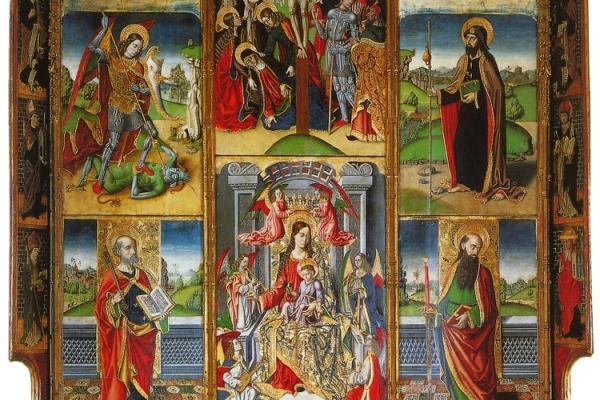The prestigious 19th-century residential architecture preserves the memory of the family who not only constructed the house but established its agricultural activity and lived within. Villa Asquer, which was first a business hub and then a residence from 1920 to the end of the 20th century, belonged to the noble family of Ligurian origin. It is located in the historic centre of Tuili, a village in the Marmilla area at the foot of the Parco della Giara - part of which lies within its territory - within a splendid setting amidst cork trees, holm oaks, Mediterranean scrub, centuries-old olive trees, marshes, Giara horses and prehistoric sites.
The Asquer family became nobility following the marriage between Giovanna and Pietro Ripoll, the first Count of Tuili (1775). The villa was built in the mid-19th century using prestigious neoclassical forms attributed to the mastery of architect Gaetano Cima. The building was the fulcrum of the family headed at the time by the marquis and doctor Gavino Asquer, who managed the farm using innovative entrepreneurial methods.
The structure extends over six thousand square metres. At its centre is the main house, split over two levels. The ground floor contained the administration and servant rooms, whilst the first floor held the noble residence. The façade of the villa has large pilasters and a circular frame in the centre. In the large central courtyard, to the rear and sides, are the loggias, warehouses, olive groves, sheds and stables, once used for rural activities and now utilised for exhibitions and events. A must-see is the ‘Sala dello Scialle’, with its walls embellished with paintings centred on the embroideries of the shawls from Tuili, and the ‘Sala dei Cesti’, with authentic furnishings from the family’s legacy.
In the 1980s, the villa was purchased and restored by the municipality. Today, it is a cultural hub housing two cultural landmarks of the area: the olive and olive oil museum and the Sardinian musical instruments museum. The first, set up on the ground floor, illustrates the olive-growing tradition through images, stories and agricultural tools of the time, including a 19th-century oil mill and machinery from the second half of the 20th century. The museum honouring the musical tradition is on the first floor. An entire wall is dedicated to the rich collection of launeddas, an archaic wind instrument made with reed. Its sounds are diffused within the room with live melodies. Reed was also used to create the benas, sulitus and pipaiolus. One space is dedicated to percussion - tumbarinos, afuente, taulitas and matracas - with phonographs, gramophones, turntables and accordions.
The Villa Asquer complex extends over an entire block, overlooking the piazza of the parish church of San Pietro Apostolo, from which it is separated by a stone arch. The church, consecrated in 1489, has a single nave with three chapels on each side, with the third on the left being embellished with a starry vault with hanging gems, the only legacy of the original Gothic-Catalan layout. The façade concludes with a double crowning topped with an ‘Admiral’s hat’ form. The interior houses 19th-century marble decor and various works of art, including the altarpiece by the maestro Castelsardo, a 16th-century work considered the masterpiece of Sardinian Renaissance painting. In the historical centre, dominated by ‘courtyard’ houses characterised by portals from the end of the 19th century, another elegant neoclassical building stands out: Villa Pitzalis. One great cultural attraction is the ‘Sardegna in miniatura’ (Sardinia in miniature) park, where you can stroll amongst Nuraghe and dinosaurs on a reduced scale.














